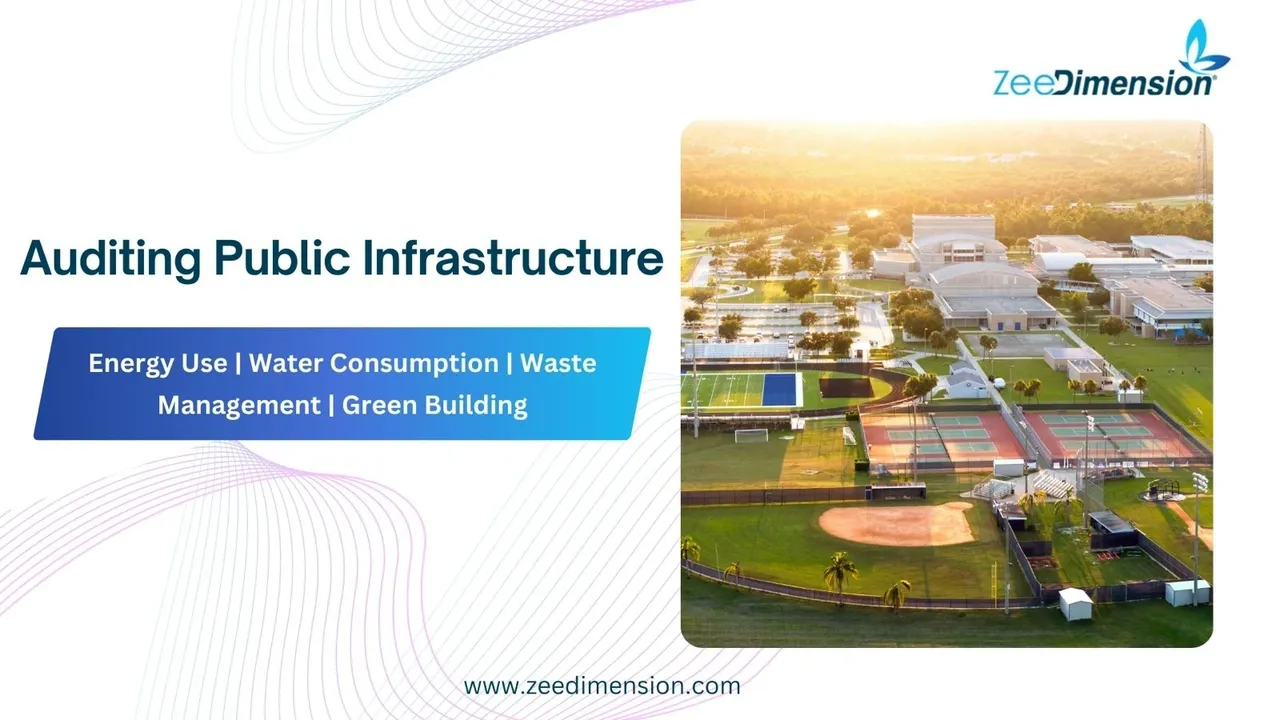
Energy Use | Water Consumption | Waste Management | Green Building
Why Audit Public Infrastructure?
Auditing public infrastructure—like schools, hospitals, and parks—helps ensure transparency, sustainability, cost efficiency, and compliance, making sure public resources truly serve the people.
Energy Use – The Power Behind Public Spaces
Smart energy audits are the first step toward efficient public spaces. They reveal hidden waste in lighting, HVAC, and appliances, highlight chances to switch to renewables, and uncover gaps in meeting energy standards—all essential for building smarter, greener spaces.
Water Consumption – Every Drop Counts
Public buildings use significant water, but smart audits can spot waste, leaks, and system gaps. Using rainwater, greywater, and efficient fixtures turns water-wise choices into future-proof solutions.
Waste Management – From Bin to Benefit
Effective waste management begins with a thorough audit. Check how waste is sorted into recyclables, compost, and landfill, evaluate collection frequency and efficiency, and review policies on reduction, reuse, and recycling. A zero-waste future starts here.
Green Building Practices – More Than Just a Label
Green buildings are more than a trend—they’re crucial for sustainability. Key features include sustainable materials, natural lighting, passive ventilation, and green certifications (like LEED or EDGE). These upgrades offer long-term returns and create better living spaces.
Why It Matters
Public infrastructure audits drive smarter decisions, build public trust with transparency, cut operating costs, and shrink environmental footprints—setting our public assets up to lead by example.
Final Thoughts
Public infrastructure isn’t just concrete and steel—it reflects our values. Let’s reassess it for sustainability, efficiency, and a greener future.







